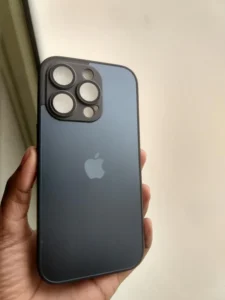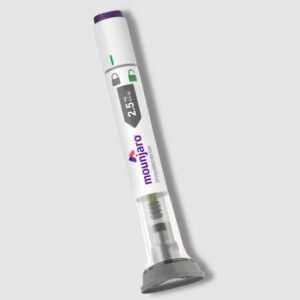How Consumer Electronics Designers Make Ideas Come to Life: From Concept to Creation

Introduction to Consumer Electronics Design
The people who develop consumer electronics designers are the ones who make the products we use every day. These experts turn abstract concepts into real goods that make our lives better, like elegant smartphones and cutting-edge smart home technologies. But what does it take to go from an idea to a real technological device?
The realm of designing consumer electronics is just as fast-paced as the technology itself. Designers have to be able to be creative and know a lot about technology at the same time, all while keeping in mind what the market wants and what users need. This blog tour looks at how these creative people make their ideas a reality, deal with problems along the road, and look ahead to the trends that will shape this exciting sector in the future. Get ready to learn about the interesting process that converts ideas into new things!
What a Consumer Electronics Designer Does
The people who develop consumer electronics are the ones who come up with the ideas for our favourite products. They know how to combine art and engineering, knowing how to make things seem good and work well.
These experts start by looking at what people want and what the market is doing. They get information that helps them decide how to design. They make sure that products are easy to use and fun to use by having a good understanding of user experience.
In this job, working together is really important. Designers work with engineers, marketers, and manufacturers to make ideas a reality. Their ability to adequately explain their ideas can make or fail a project.
Another important part of their job is prototyping. Designers turn sketches into real-life models that can be tested. This method of making changes over and over again helps improve features before they are made in large quantities.
Designers of consumer electronics are particularly important since they help make technology that makes life easier while staying up to date in a fast-paced field.
The Creative Process: From Thought to Drawing
Consumer electronics designers start to work their magic when they go from idea to drawing. It starts with an idea that comes from user demands or new technologies.
After that, there are brainstorming sessions when ideas can flow freely. Designers have no limits when they think about different options. They write down their ideas and sketch out basic ideas. This stage is all about being creative in its most basic form.
Refinement starts once the first thoughts are formed. Designers go through sketches and choose out the ones that best fit their vision and have the most potential to make an effect on the market. Every line drawn turns vague ideas into real creations.
At this point, tools like digital sketchpads are useful. They let you make changes and try out new ideas quickly while still being able to change the design direction. The idea is to be clear: make designs that show both how things will look and how they will work before going on to prototype.
This process not only makes items, but it also decides how people will use them in their daily lives.
Problems and Solutions in the Design Process
Making consumer electronics is full of problems. One of the hardest things to do is find a balance between new ideas and what is possible. Designers frequently have huge ideas, but they need to be creative to make those ideas come true.
Time limits might sometimes be a big problem. If you have to work quickly, you might have to give up some quality or innovation. To fight this, teams use agile methods that let them make changes quickly and get feedback.
Designing the user experience is another prevalent problem. To meet customer needs while using modern technology, you need to be able to empathise and see the future. Surveys and prototypes that let designers and users talk to each other are a great way to close this gap.
Sustainability is also becoming more and more important. Many designers are increasingly focusing on eco-friendly materials and designs that consume less energy because that’s what customers want.
Using collaborative technologies helps team members talk to each other, which keeps everyone on the same page throughout the complicated design process. This cooperation often leads to new ideas that wouldn’t have come up otherwise.
What will happen next in the design of consumer electronics
There are a lot of exciting possibilities for the future of consumer electronics designers. As technology gets better, the need for gadgets that are smarter and easier to use grows. Designers are using artificial intelligence more and more to make things that can figure out what users want and how they act.
Also, sustainability is very important. As people want more environmentally friendly solutions, materials that are good for the environment and designs that use less energy will become more important. New gadgets will exploit recycled parts in new and interesting ways.
Also, there are more and more engaging experiences. Integrations of augmented reality (AR) and virtual reality (VR) will change the way people use their gadgets, making the barrier between the digital and physical worlds less clear.
Personalisation is very important. Users can change the characteristics of a product to fit their needs, which makes sure that every time they use their device, they have a different experience. This trend gives customers more power than ever to shape their tech lifestyle.
conclusion
Designers of consumer devices have a big impact on how we live our lives. It’s not only about technology for them to go from idea to product; they also need to understand what users want and turn those ideas into real products. Sketching, prototyping, and making changes over and over again are all part of the creative process. This makes sure that every detail fits with the idea.
These designers have the problem-solving skills they need to come up with new ideas when they confront problems like changing technologies and market needs. In the future, design decisions will be mostly based on sustainability and smart integration.
Consumer electronics designers is always changing because people are always looking for new ideas. Every time a new product comes out, we witness how creativity can make dreams come true. This fast-changing business continues to fascinate both creators and users as it impacts the future of the technology we use every day.







